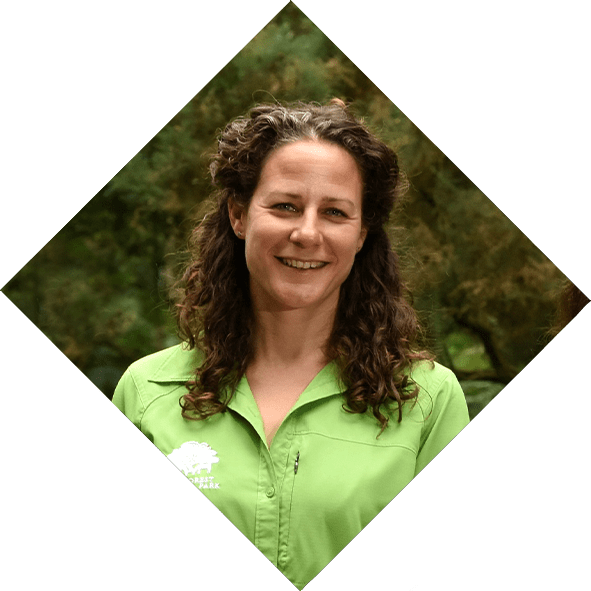Curlew
As a breeding bird the curlew is uncommon in southern England; it is much more common (but declining) in the north and west of the UK.
The New Forest is now one of the only areas of south east England where the curlew still breeds. Here they are widespread but uncommon, with less than 40 pairs.
Curlews require quite a large open area in which to breed. The wide expanses of short-grazed open heath, grass and bogs of the New Forest suit them well. A few pairs also breed in the adjacent Avon Valley and less intensive farmlands around the edge of the Forest.
They usually start nesting in late April and May and incubation takes about one month. The young tend to stay relatively close to the nest until they grow their proper flight feathers and can fly. This happens about five weeks after hatching and means that curlews need to be relatively undisturbed from mid-April to early July to ensure they breed successfully. They are particularly wary birds and so will only breed in the larger expanses of open ground away from where people walk.
Curlews are so named because of their far carrying call of ‘cur-lee, cur-lee’. They also have a wonderful bubbly-sounding display song.
Curlews head for coasts after they have finished breeding. They like large areas of mudflats and saltmarsh, so it is actually much easier to find them there in autumn and winter than it is to find them inland in the summer.
The best way to help curlews is to let them breed successfully. In any open areas please stay on the main footpaths and keep dogs close to you; otherwise you are more likely to scare the birds off than to see one.
Photo credit: Mike Read – Curlew


